Quick Links: Table of Contents
- Keeshond Breed Overview
- History of the Keeshond Breed. Where Keeshonds came from
- What the Keeshond Looks Like
- How Much is the Keeshond Puppy?
- Best Keeshond Breeders
- Adopting or Rescuing the Keeshond
- What Colors do Keeshonds Have?
- The Temperament of the Keeshond
- How Long Keeshonds Live
- Keeshond Litter Size
- How Fast Keeshonds Can Run
- Good Names for Keeshonds
- How Intelligent are Keeshonds?
- How Popular are Keeshonds with New Dog Owners?
- Health Problems in Keeshonds and How to Prevent Them
- Dog Breeds That Are Similar to Keeshonds
- Other Things to Know About Keeshonds
Keeshond Breed Overview
The Keeshond is a medium-sized dog.
The adult Keeshond stands 1 foot, 4 inches to 1 foot, 7 inches tall at the s.
The Keeshond belongs to the Companion Dogs group.
Dogs in the Companion Dogs group, like the Keeshond, were bred to be companions for humans. Their main goal in life is to be with people, and they will be very sad if left to themselves for long hours day after day.
The fact that the Keeshond belongs to the Companion Dogs group is one of the reasons why Keeshonds have the personality and temperament that they have.
The temperament of the Keeshond is generally described as:
- Agile
- Bright
- Obedient
- Playful
- Quick
- Sturdy
History of the Keeshond Breed. Where Keeshonds came from
The Keeshond, known as the “dog of the people” in the 18th century, is still a popular companion dog.
During the French Revolution, this dog became the symbol of the Dutch Patriot political party.
A man named Kees de Gyselaer and his dog named Kees led the Dutch Patriot party.
Combine the name Kees with the word hound, and this is where the breed got its name, albeit with a few changes.
Unfortunately, the breed fell out of favor and popularity (because the rebel party was overthrown, the Keeshond bore the brunt of the lost cause, and many were destroyed).
It wasn`t until Mrs.
Wingfield-Digby introduced the breed to the United Kingdom that their popularity began to grow slowly and then quickly.
.
What the Keeshond Looks Like
The Keeshond is an attractive animal with a compact appearance that resembles their ancestor, the Samoyed.
The tail is bushy and medium in length, and it is carried proudly over the back.
Erect triangular ears set high on the wedge-shaped head give the dog an inquisitive, bright appearance.
The muzzle is pointed, the eyes are medium in size and a deep warm brown, and the dark markings around their eyes give them a fox-like expression.
The hair coat is long and dense, and it protrudes from the body, but it has a soft undercoat.
The lion-like mane around the neck, as well as their overall soft, cuddly appearance, are particularly appealing.
The feet are compact and well-rounded.
.
How Much is the Keeshond Puppy?

The average price of a Keeshond puppy is $1930. The price of a Keeshond puppy ranges from $1800 to $2000.
A lot of factors determine the price of the Keeshond. These factors include what health records the Keeshond puppy has, the lineage of the Keeshond puppy, the US state the breeder is located in, etc.
To estimate how much you can expect to pay for a puppy Keeshond based on the many factors that determine the price of the Keeshond puppy, check out our calculator that lets you estimate how much you should expect to pay for the Keeshond puppy based on what you want in the puppy.
When looking to buy a puppy, look at buying a puppy only from well-established breeders that breed puppies primarily for the love of the Keeshond breed, and secondarily for profit. Do not buy a puppy from a puppy mill. Puppy mills mass-produce puppies in bad living conditions for maximum profit.
You may also consider adopting instead of buying a puppy. Adoption costs are very low compared to the price of a puppy.
Best Keeshond Breeders
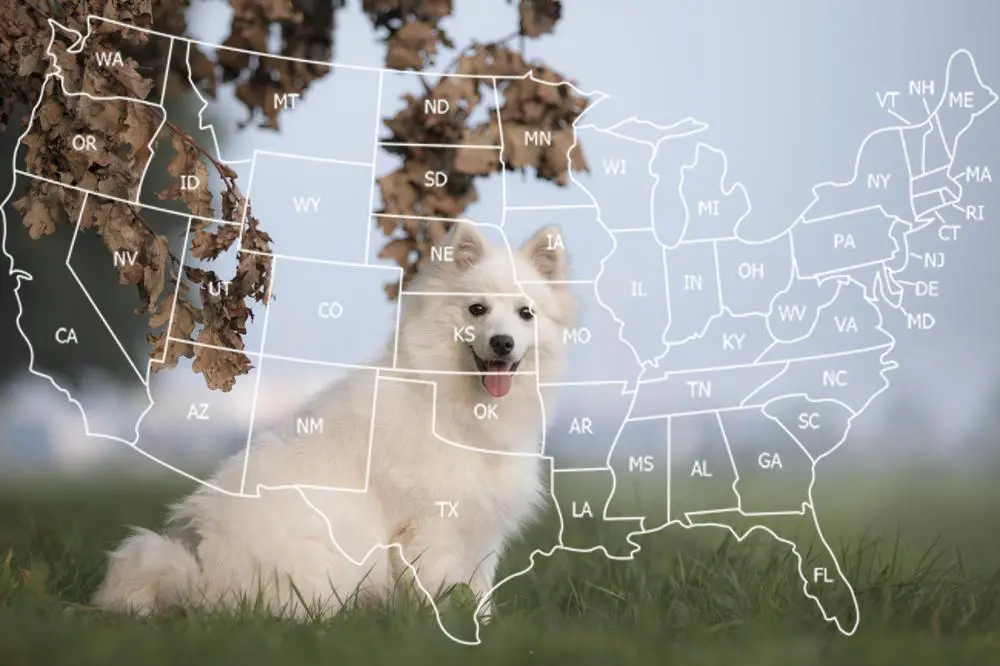
We have researched reputable Keeshond breeders that you can buy a puppy.
Go to this page for our complete list of reputable Keeshond breeders in various states in the United States.
On this page, you will see how much these breeders sell their puppies for, and how many puppies they have available.
A few of these breeders are listed below.
TRUMPET
Puppy Price: $1500
Vera lapin
Puppy Price: $2500
Wright Murphy Keeshonds
Puppy Price: Check with breeder
Carla Eikelberg
Puppy Price: $Call for price
Enchanted Keeshonden
Puppy Price: $1400
Adopting or Rescuing the Keeshond
You may consider adopting a dog instead of buying a puppy. Many dogs, Keeshonds included, are currently available for adoption in your local dog shelters.
These helpless but adorable dogs are waiting in dog shelters hoping that someday someone will rescue them. Dog adoption costs are lesser than the cost of a new puppy. Dog adoption costs are usually around $300 or even less.
In addition to your local dog shelter, another good place to find dogs that are available for adoption is petfinder.com.
Below is an adorable Male Keeshond named Fosters that is currently available for adoption on Petfinder.com. You can find other lovely Keeshonds like Fosters on pefinder.com.
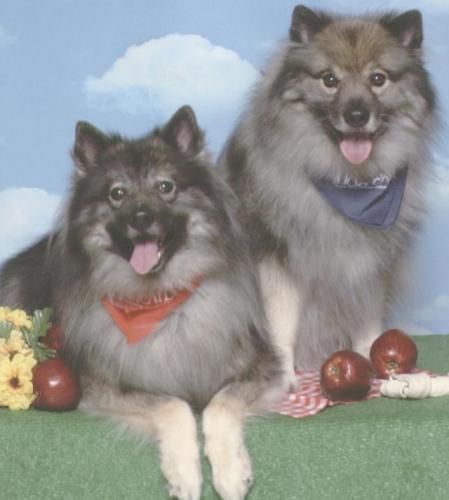
Keeshond – Keegan is the name of another Keeshond (Male) on petfinder.com that is looking for a new forever home.
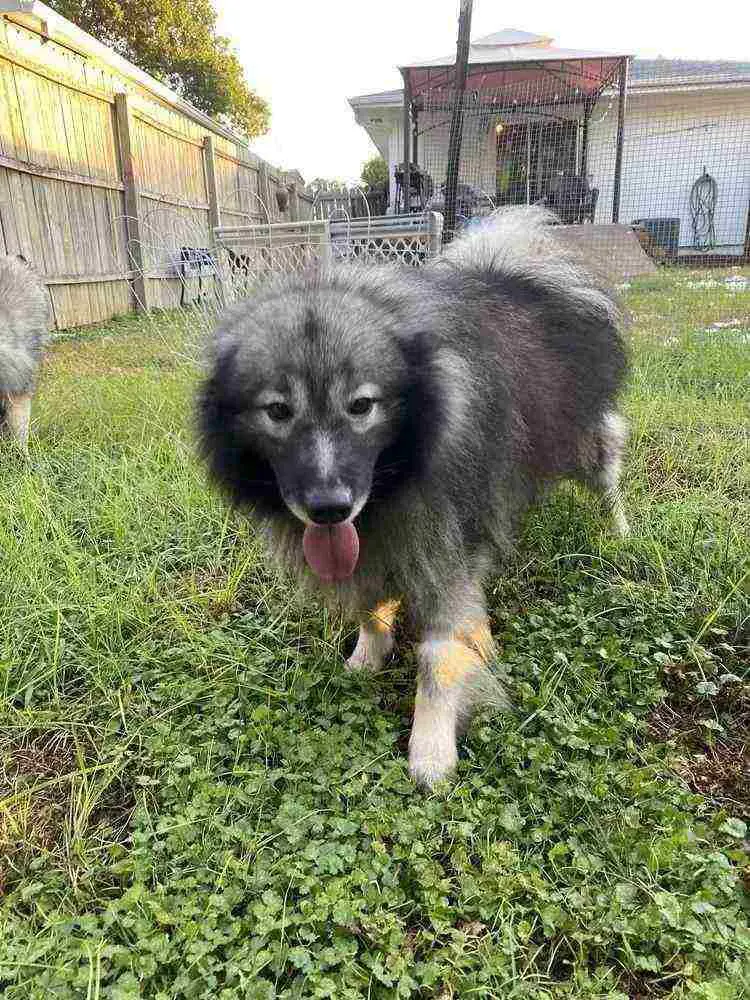
You can find more Keeshonds that are available for adoption on petfinder.
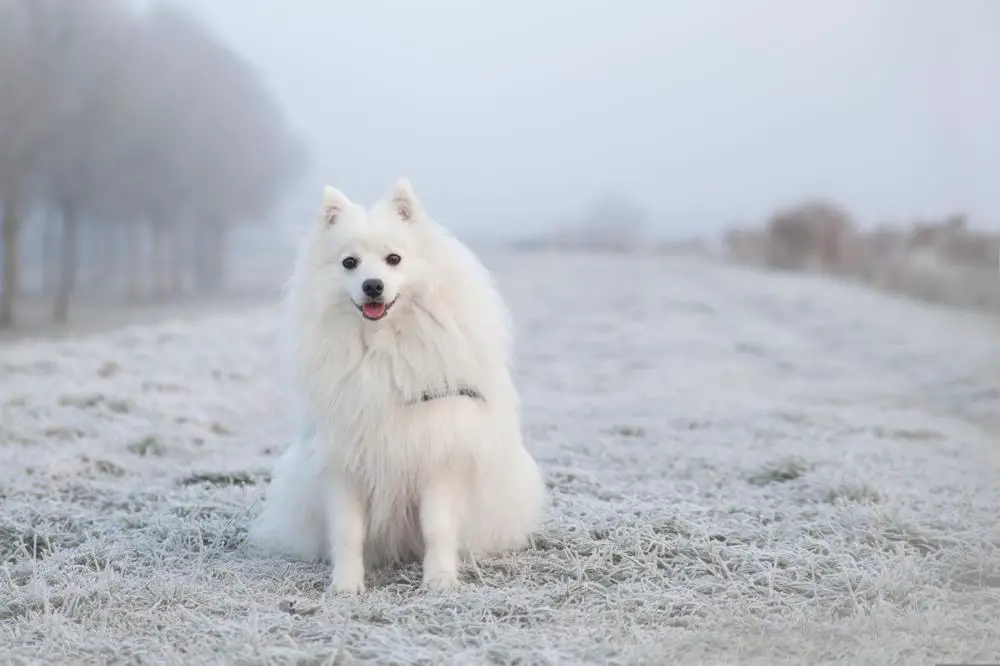
What Colors do Keeshonds Have?
Keeshonds come in the following beautiful primary colors:
- Black
- Sable
- Yellow / Tan / Blond / Fawn
- Gray / Blue / Silver
Keeshonds come in the following lovely secondary colors in addition to their primary colors:
- Gray / Blue / Silver
- Black
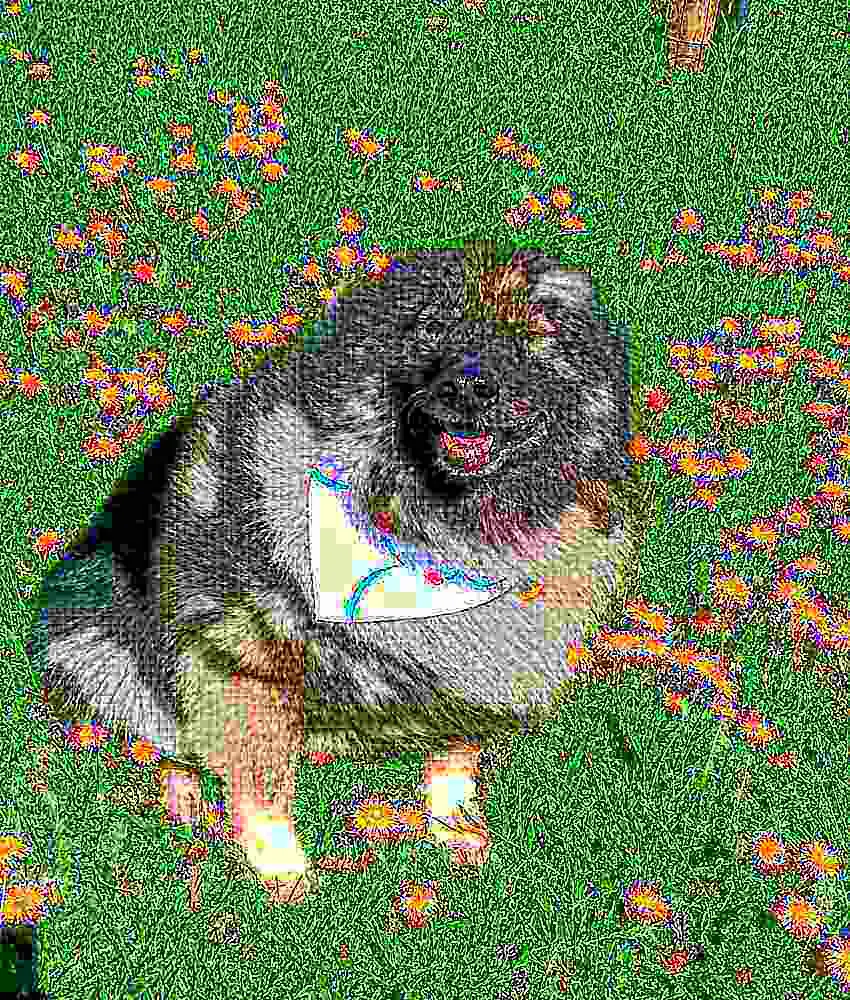
The Temperament of the Keeshond
The temperament of the Keeshond based can be summarized as in the table below.
The table shows the scores of the Keeshond for 13 important dog behavioral factors.
We obtained these scores by analyzing raw data from the C-BARQ dog personality survey tool. The higher the score of a dog for a factor, the worse the temperament of the dog regarding that factor.
The C-BARQ tool was developed by researchers from the University of Pennsylvania, and it is a scientific tool that is used worldwide for reliably measuring the temperament of dog breeds.
See our complete analysis of the temperament of the Keeshond here.
| Factor | Score |
|---|---|
| Stranger Directed Fear | 7.7 percent |
| Excitability | 52.4 percent |
| Stubbornness | 40.9 percent |
| Attachment Attention Seeking | 39.7 percent |
| Energy Level | 37.4 percent |
| Touch Sensitivity | 35.6 percent |
| Dog Directed Fear | 31.4 percent |
| Separation Related Behavior | 23.7 percent |
| Nonsocial Fear | 22.3 percent |
| Dog Rivalry | 20.1 percent |
| Prey Drive | 18.5 percent |
| Dog Directed Aggression | 13.2 percent |
| Owner Directed Aggression | 10.9 percent |
| Stranger Directed Aggression | 10.7 percent |
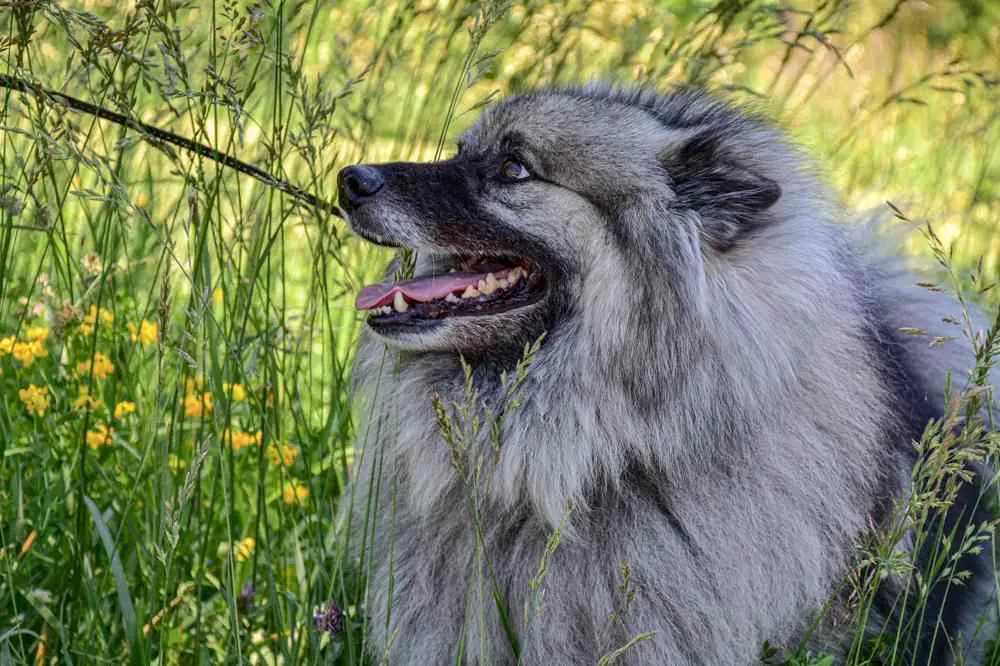
How Long Keeshonds Live
The lifespan of the Keeshond is typically from 12 to 15 years.
Moreover, a few years back, veterinarian researchers performed a scientific study to determine the lifespan of the Keeshond. In this study, the scientists collected data on how long 104 pet Keeshonds lived.
From the study, it was found that Keeshonds have an average lifespan of 12.2 years. Furthermore, the study found that it is not uncommon for Keeshonds to live as long as 16.0 years.
Note that you need to put in some effort if you want your Keeshond to live long.
Keeshonds live long if they eat well, drink well, exercise well, and visit the veterinarian regularly.
There are also dog supplements that you can give your Keeshond to improve your Keeshond`s quality of their life.
Click here to learn more about how to make your Keeshond live long.
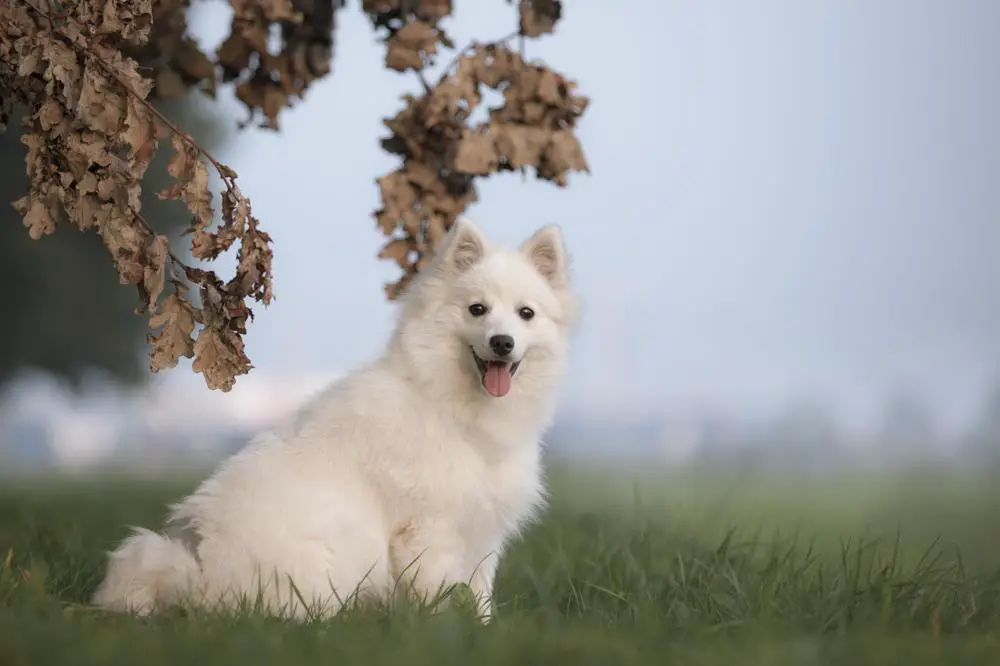
Keeshond Litter Size
Researchers from the Norwegian School of Veterinary Science did a study where they counted the numbers of puppies in 6 different Keeshond birth litters.
From this study, the researchers found that the average number of puppies that Keeshonds can have is 5 puppies. Also, the Keeshond can have as few as 2 puppies per litter and as many as 8 puppies per litter.
The number of puppies that the Keeshond will have depends on factors such as the age of the Keeshond, the method of pregnancy, etc.
Click here to see our calculator for predicting how many puppies your Keeshond will have and how the litter size of the Keeshond compares to the litter size of other dog breeds.
How Fast Keeshonds Can Run
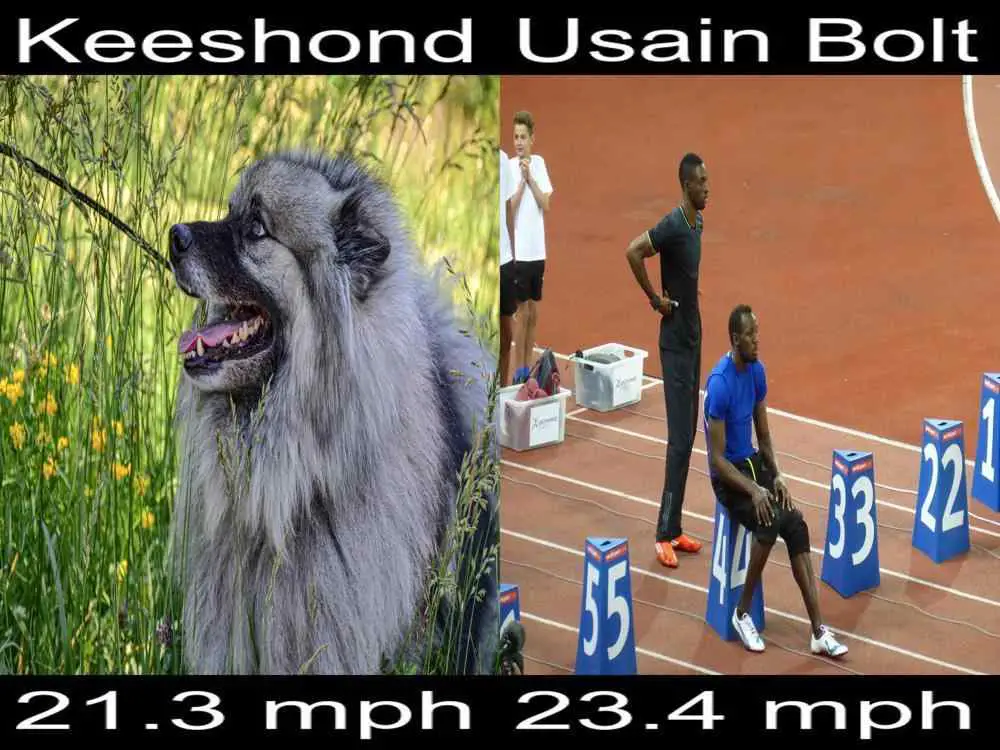
How fast a dog breed can run is a good measure of how athletic the dog breed is.
The American Kennel Club (AKC) regularly conducts dog running competitions. The AKC records the running speed of competing dogs in these competitions. These competitions are open to all dog breeds.
Based on our analysis of the speeds of 63 different Keeshonds, the average speed of the Keeshond is 21.3 mph (34.3 kmph).
The fastest speed on AKC record that the Keeshond ran in a race is 25.77 mph (41.5 kmph) and the minimum speed on record in a race for a Keeshond is 5.87 mph (9.4 kmph).
Click here to see how the speed of the Keeshond compares to the speed of other dogs and other mammals such as cats, horses, humans, etc.
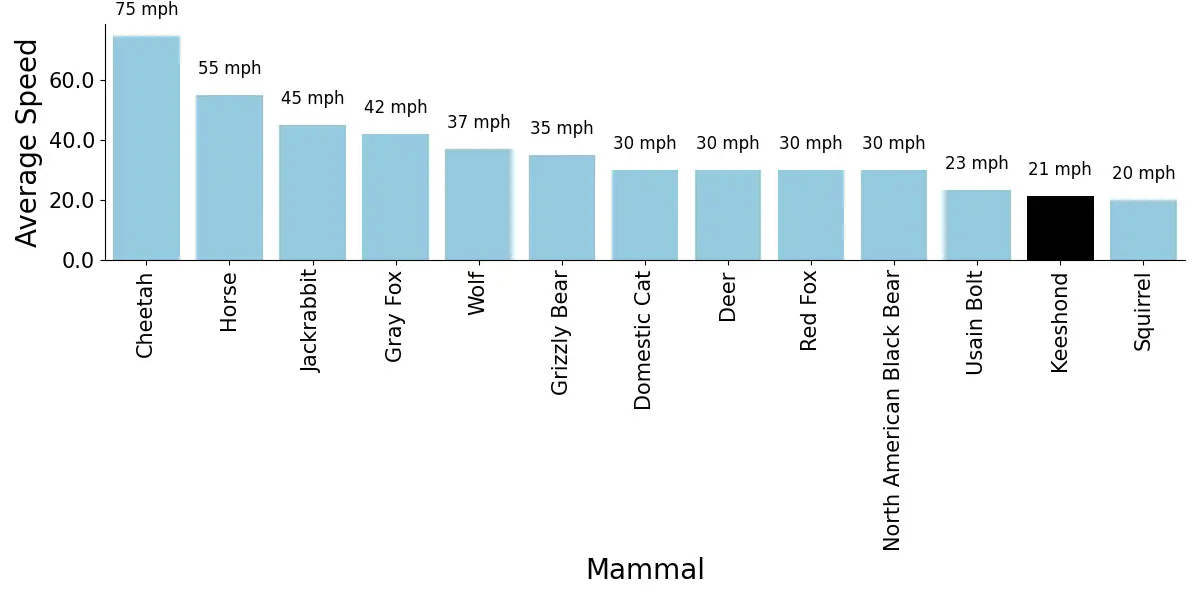
Good Names for Keeshonds
Here are some really good names that are typical for the Keeshond ranked by popularity:
- Fosters
- Fozzy
- Hyde
- Konnor
- Saber
- Blueberry
- Keeshond
- Joey
- Boomer
- Hairy
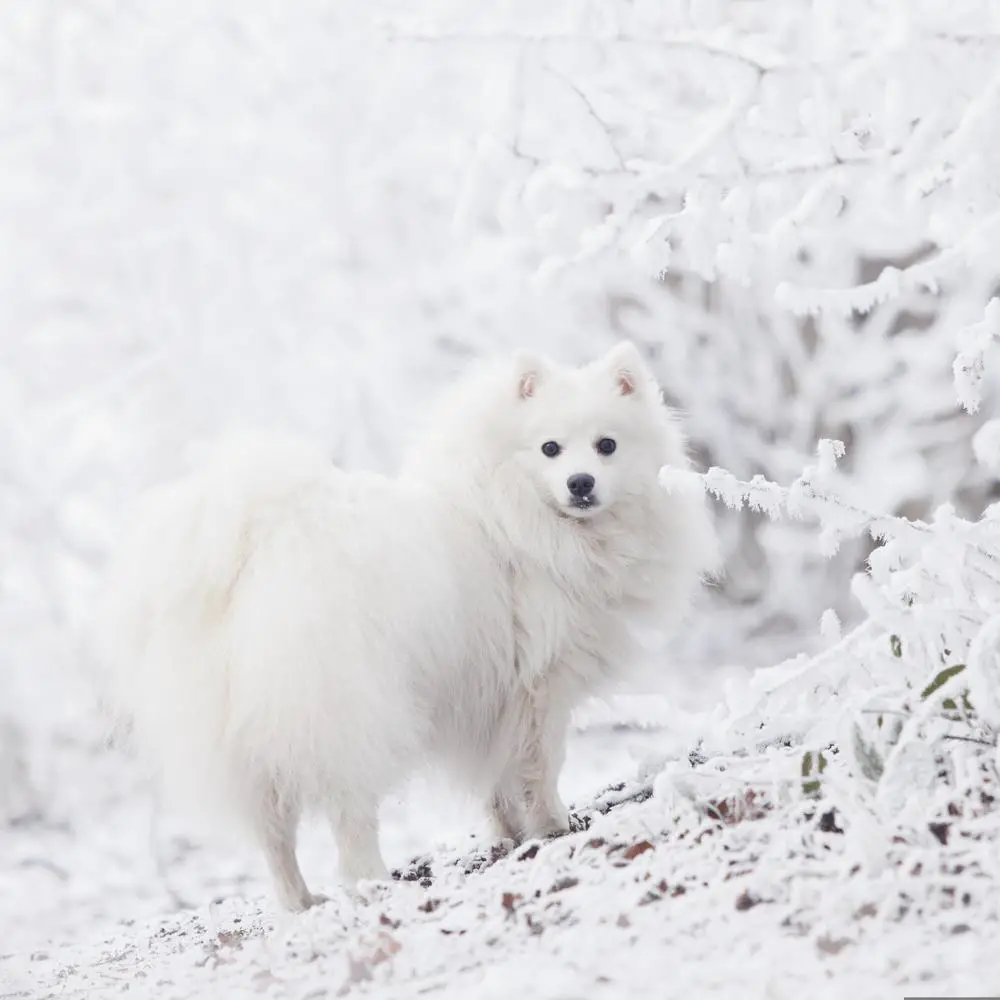
How Intelligent are Keeshonds?
| Keeshond | |
|---|---|
| Intelligence Rank | 16 out of 130 dog breeds |
| Trainability | Tend To Learn New Commands After 5 To 15 Repetitions |
According to Prof. Stanley Coren, a Canadian psychology professor/dog trainer, the total intelligence that a dog demonstrates is the addition of three types of intelligence. These intelligence types are:
- Instinctive Intelligence: This is the natural intelligence that comes from instinct. For example, dog breeds that have been historically bred to be guard dogs will have a high `guarding` intelligence compared to dogs that were not bred for guarding.
- Adaptive Intelligence (learning and problem-solving ability): This indicates what a dog can learn to do for himself or herself. Adaptive intelligence is specific to each dog, and not breed specific. You can improve your dog`s adaptive intelligence by investing time to train your dog.
- Working/Obedience Intelligence: This type of intelligence is breed-specific. Certain dog breeds tend to have higher working/obedience intelligence than some other breeds. This intelligence is the closest to what we might call school-learning ability and it is based upon what the dog can learn to do when instructed by humans. This type of intelligence can be measured for each dog breed and compared to that of other dog breeds.
Professor Stanley Coren measured and ranked the working intelligence of about 130 different dog breeds.
Prof. Coren found that the Keeshond has an obedience intelligence rank of 16 out of 130 dog breeds. Thus, Prof. Coren put Keeshonds in the `Excellent Working Dogs` category.
This means that Keeshonds tend to learn new commands after 5 to 15 repetitions.
However, we should mention that a dog should not be judged based on its intelligence alone. There are other important factors you need to consider when deciding on which dog breed to get. These other factors include sociability, adorability, and compatibility of the dog breed with your lifestyle.
See the intelligence ranking of some other dog breeds below:
| Breed | Intelligence Rank |
|---|---|
| Border Collie | 1 |
| Shetland Sheepdog | 6 |
| Pembroke Welsh Corgi | 11 |
| German Shorthaired Pointer | 17 |
| English Cocker Spaniel | 18 |
| Irish Water Spaniel | 24 |
| Vizsla | 25 |
| Airedale Terrier | 29 |
| Welsh Springer Spaniel | 31 |
| Manchester Terrier | 32 |
| Cairn Terrier | 35 |
| Norwich Terrier | 38 |
| Finnish Spitz | 43 |
| Bichon Frise | 45 |
| Dachshund | 49 |
| Alaskan Malamute | 50 |
| Rhodesian Ridgeback | 52 |
| Akita | 54 |
| Dandie Dinmont Terrier | 62 |
| Saint Bernard | 65 |
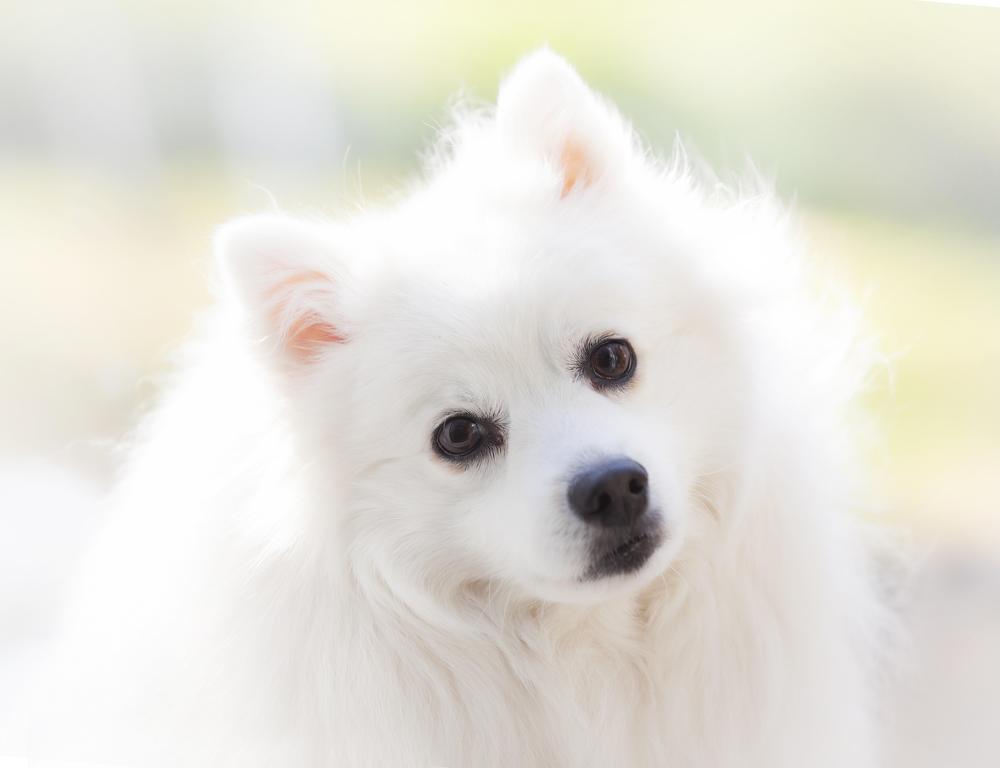
How Popular are Keeshonds with New Dog Owners?
Every year, the American Kennel Club (AKC) publishes information on how popular a dog breed is in that particular year. The AKC gets the popularity information of a breed from how many dogs of that breed the owners register with the AKC every year. The AKC collects this data for about 200 dog breeds.
The graph below shows the popularity trend of the Keeshond.
The popularity of the Keeshond averaged over the years is Number 90 out of about 200 dog breeds.

Do not get a dog breed just because it is a popular dog breed. And do not reject a dog breed just because it is an unpopular breed.
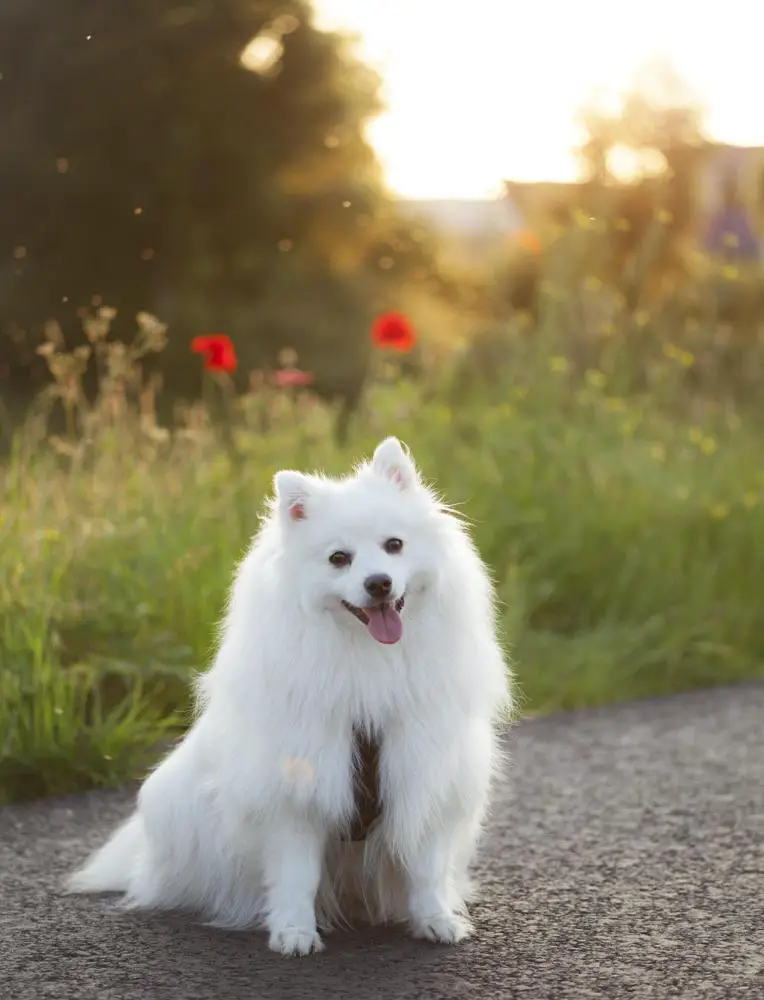
Health Problems in Keeshonds and How to Prevent Them
Every dog breed has its own set of health problems that it tends to develop. There is nothing like a perfect dog breed.
The Keeshond is prone to certain genetic health conditions. The Orthopedic Foundation for Animals (OFA) is an organization that keeps track of genetic health problems in dog breeds.
From the extensive records that the OFA keeps, the OFA knows what health problems each dog breed is naturally prone to develop.
Hence, the OFA recommends which health screening breeders should perform on a dog breed to make sure that the breeders won`t breed `defective` dog parents that can pass down defective genes to their puppy offspring.
If you want a Keeshond puppy that will grow up to be healthy, make sure that your Keeshond breeder screens your puppy or your puppy`s parents for the health problems that the OFA recommends for your puppy`s breed. This will increase the chances that your puppy is free from genetic defects.
The following are the health tests that Orthopedic Foundation for Animals (OFA) recommends that breeders should screen Keeshonds for:
You can find out more about OFA`s recommended tests for Keeshonds here.
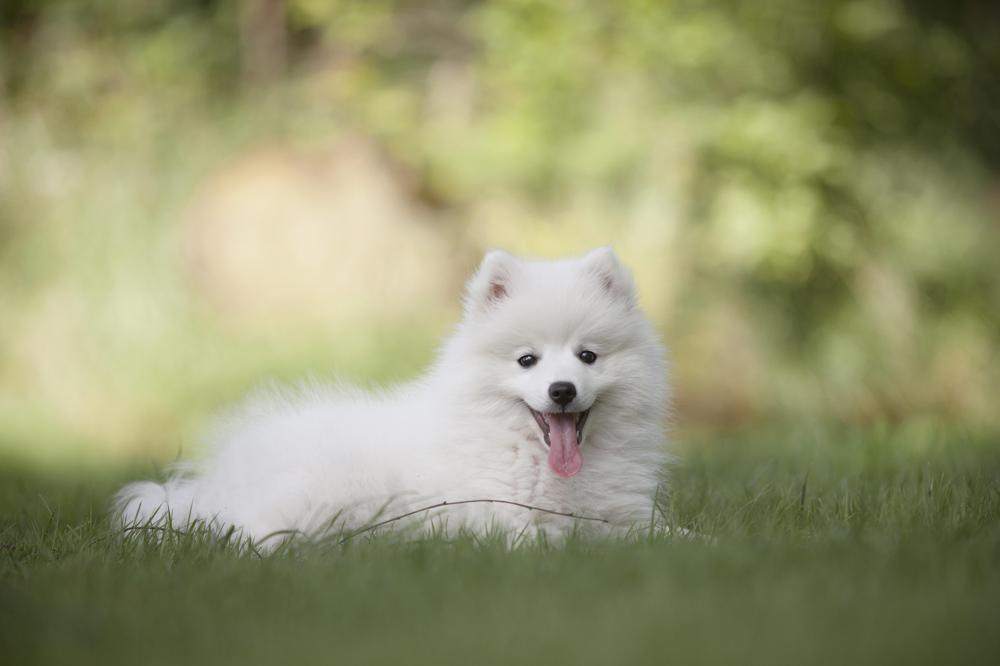
Dog Breeds That Are Similar to Keeshonds
If you have not made up your mind on which dog breed to get, you may also want to consider some other dogs similar to the Keeshond.
We crunched the numbers and found that the following dog breeds that have similar behavior and temperament as the Keeshond:
- American Eskimo Dog (82 percent match with Keeshond). Learn more about the American Eskimo Dog here.
- Collie (84 percent match with Keeshond). Learn more about the Collie here.
- West Highland White Terrier (81 percent match with Keeshond). Learn more about the West Highland White Terrier here.
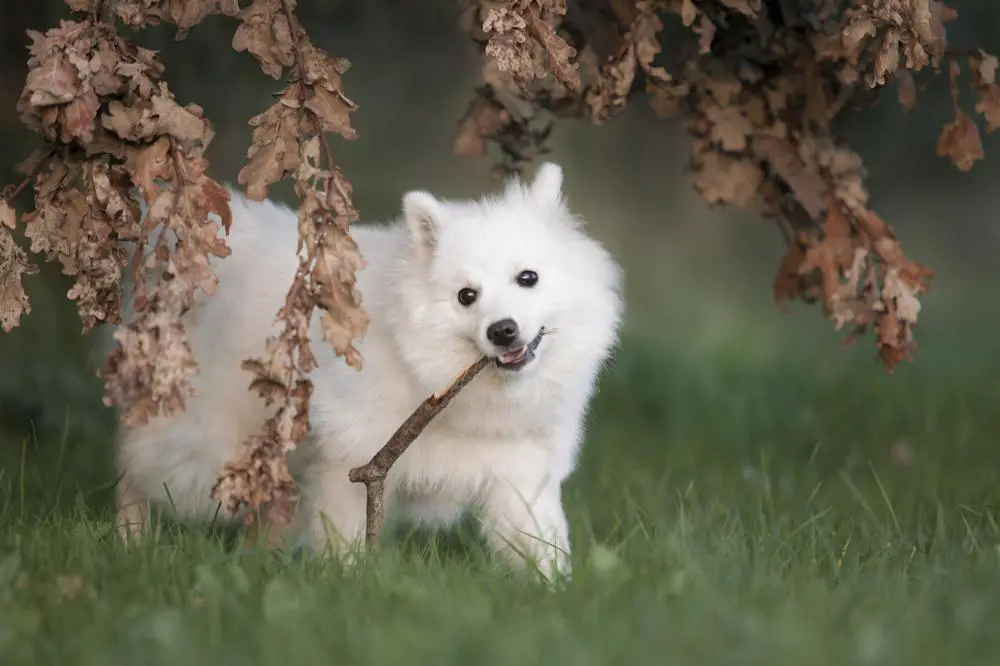
Other Things to Know About Keeshonds
Here are some of the very important characteristics of the Keeshond that you need to know about the Keeshond breed:
